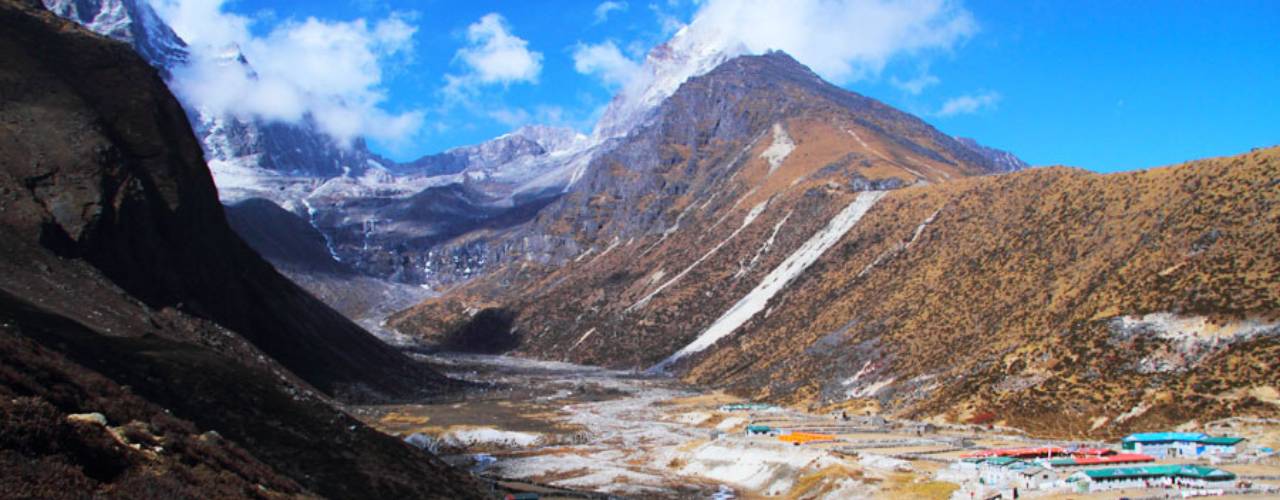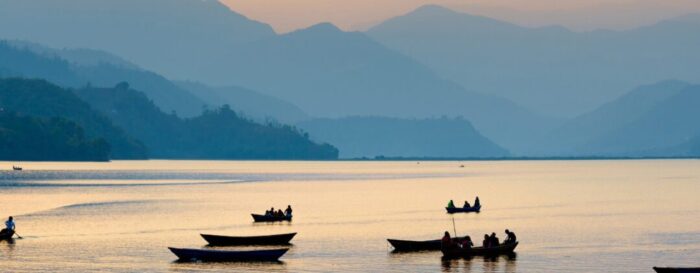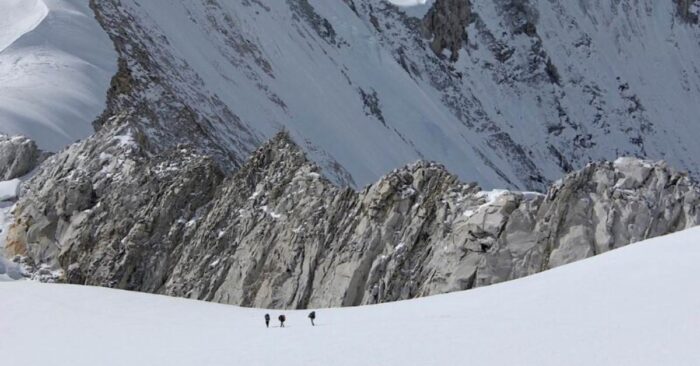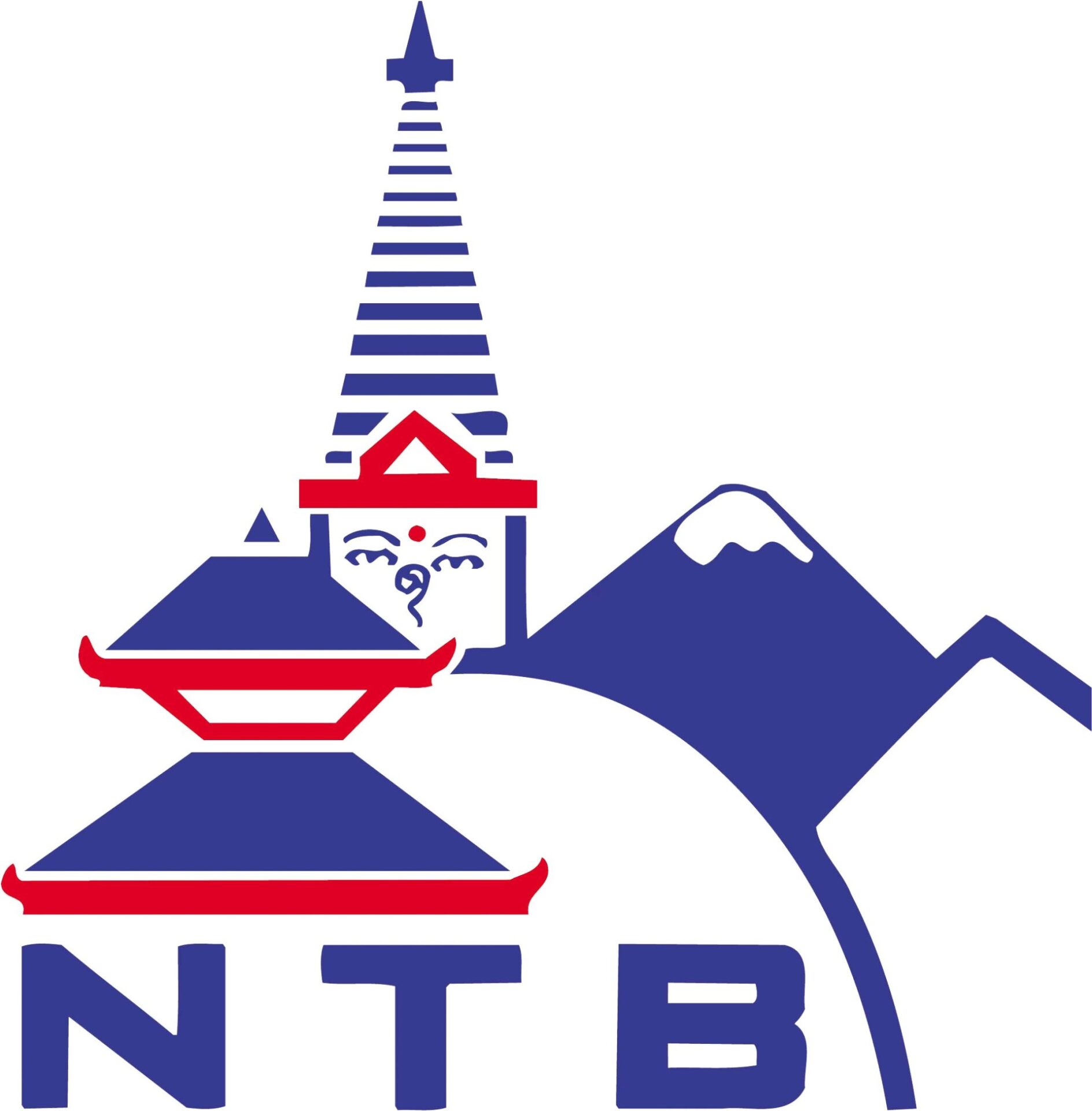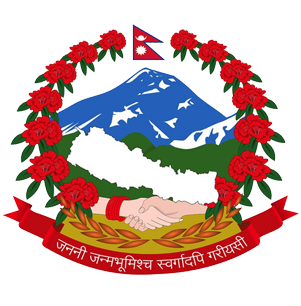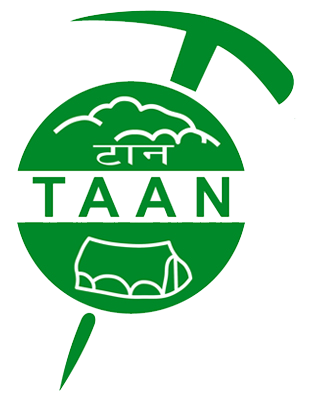The Rich History of Trekking in the Everest Region
The Everest region, which is home to Mount Everest, the highest peak in the world, has a rich history that dates back to the 1920s, when British expeditions under the command of Lieutenant Colonel Charles Howard-Bury made the first attempts to summit the mountain. However, it wasn’t until the historic British Mount Everest expeditions in the 1950s that the region gained international attention. Sir Edmund Hillary’s and Tenzing Norgay’s historic ascent of Everest in 1953 sparked global interest, drawing trekkers and mountaineers to the Khumbu region. During the 1960s and 1970s, the Everest Base Camp trek gained popularity, attracting adventurers from around the world. The development of trekking infrastructure, including teahouses and trails, facilitated access to the breathtaking landscapes of the Khumbu Valley.
The construction of the Lukla Airport in 1964 further facilitated access to the region, making it a gateway for trekkers embarking on journeys to the Everest Base Camp and other high-altitude destinations. The Sagarmatha National Park, created in 1976, played a crucial role in conserving the unique biodiversity and natural beauty of the area. The town of Namche Bazaar, a traditional Sherpa trading hub, became a central point for trekkers heading to Everest Base Camp. The development of trekking infrastructure, including teahouses, lodges, and well-maintained trails, made the Everest region more accessible to trekkers of varying skill levels. The iconic Everest Base Camp Trek, leading to the base of the world’s highest peak, became one of the most sought-after trekking routes globally.
In the 21st century, the Everest region has faced challenges such as increased tourism pressure and environmental concerns. The devastating earthquakes in 2015 had a significant impact on the region, causing extensive damage to infrastructure and trails. However, the local communities and authorities, with support from international organizations, worked diligently to rebuild and restore the region’s trekking infrastructure. Today, the Everest region remains a premier destination for trekking enthusiasts, offering a blend of natural beauty, cultural richness, and the thrill of being in the shadow of Mount Everest. Trekkers continue to embark on journeys through the Khumbu Valley, encountering Sherpa villages, Buddhist monasteries, and breathtaking panoramas that contribute to the region’s enduring appeal.

